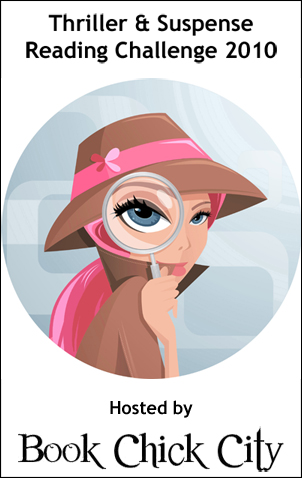
The Smash Cut
The last thing I will mention about writing in the white space is something the movie/TV business calls - The Smash Cut.
What does this mean?
According to Wikipedia:
It is technique in film where one scene abruptly cuts to another without transition, usually meant to startle the audience. To this end, the smash cut usually occurs at a crucial moment in a scene where a cut would not be expected. To heighten the impact of the cut, a disparity in the type of scene on either side of the cut is often present, going from a fast-paced frenzied scene to a tranquil one, or going from a tense scene to a pleasant one, for example. Sometimes it is also used to transition from the more peaceful scene.
An example of a clichéd smash cut is in a murder scene; a knife is raised, and thrust down, with a smash cut to a more peaceful locale (a birthday party, for example) right when impact is expected.
Smash cutting can also be used to comedic effect; for example, directly after a prediction is made, cutting to the future showing the prediction to have been horribly wrong.
Writers can use this technique to... and should. Why? Because it can save many words writing the transitional explanation of how we got from one scene to another.
Take for example a subplot where one of your minor characters is in love and someone proposes to her. The next scene, the major characters are dancing at a wedding. We assume that the minor character said yes but we don't need all the filler of how the engagement and wedding planning went, especially if it's not vital the plot.
Picture Source: here
Great blog post today by Stephen at Breakthrough Blogs on the seven C's of writing a great mystery. Check it out!
Also, another funny post by Elspeth Antonelli from It's a mystery about 5 questions not to ask a writer.




















10 comments:
Thanks for the post. Great writing technique tip. I'll keep it in mind.
I like to use smash cuts in writing. I think its a great way to end a chapter. Makes the reader want to stay up late and keep turning the pages. But you don't want the reader to look ahead. Make the next chapter interesting and exciting, then cut back to the previous scene and continue the action.
Stephen Tremp
Elle, thanks for the comment. I will try to keep writing good posts.
Stephen, I like that too and especially at chapter ends.
ann
Nice tip, Ann! Using film techniques in our writing is a great way to keep things from dragging along.
Elizabeth
I've never heard the term before! Thanks for the tip :)
Thanks for the awesome blog post!!!
I've never heard it called that before - live it!
Thanks for the tip.
Oops - that should have been 'love it', but 'live it' works, too!
Elizabeth, I actually use many film techniques in my writing. I write in scenes, I (pan in) focus on specific objects, I use this technique... I guess I like writing as I would like seeing it on screen.
Jemi and Jen, THanks for your comments, I hope the tip can be useful.
Talli, that's funny because I thought live it worked great.
ann
wow gold
wow gold
[url=http://buywowgold.ru/]wow gold[/url]
Post a Comment